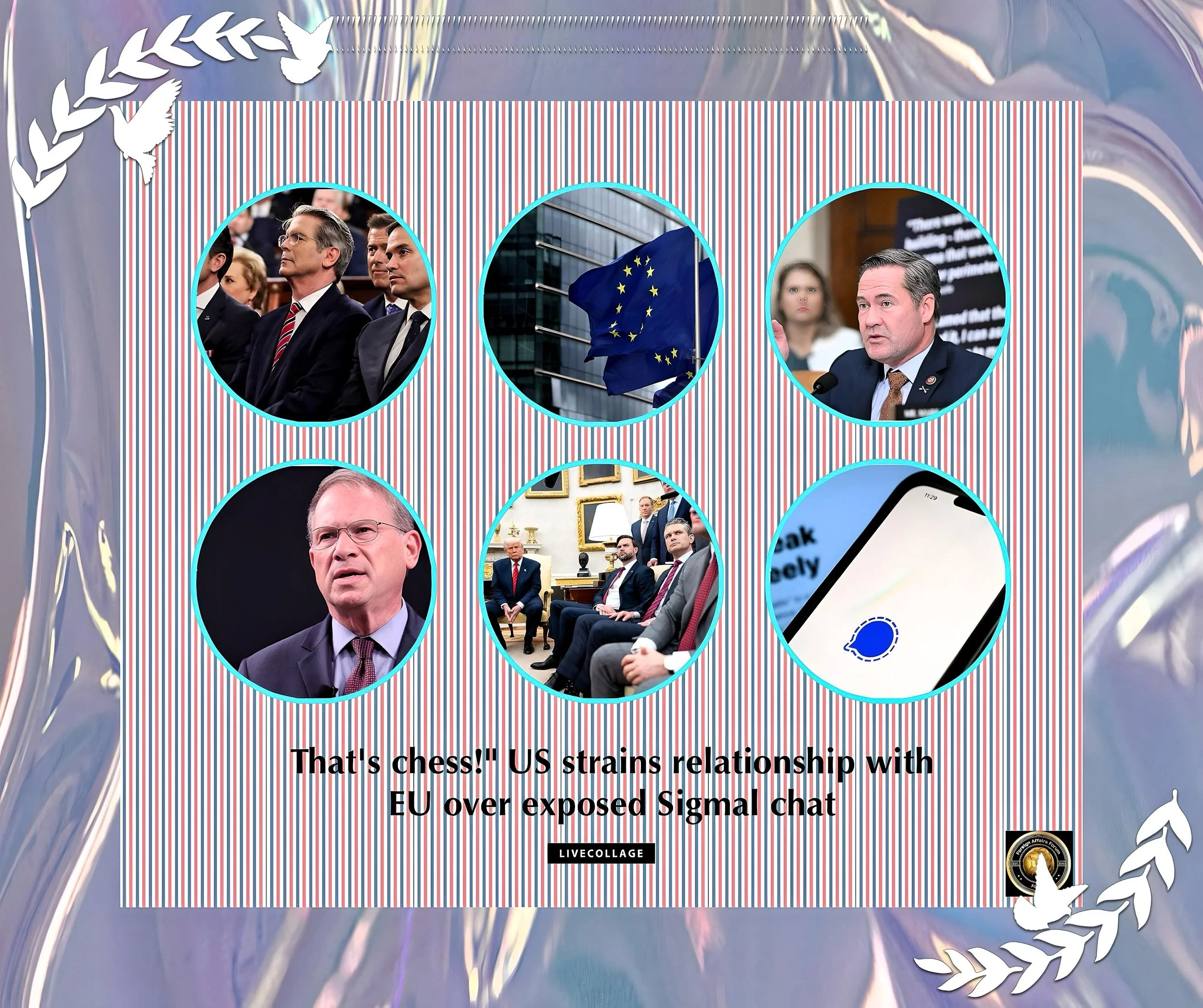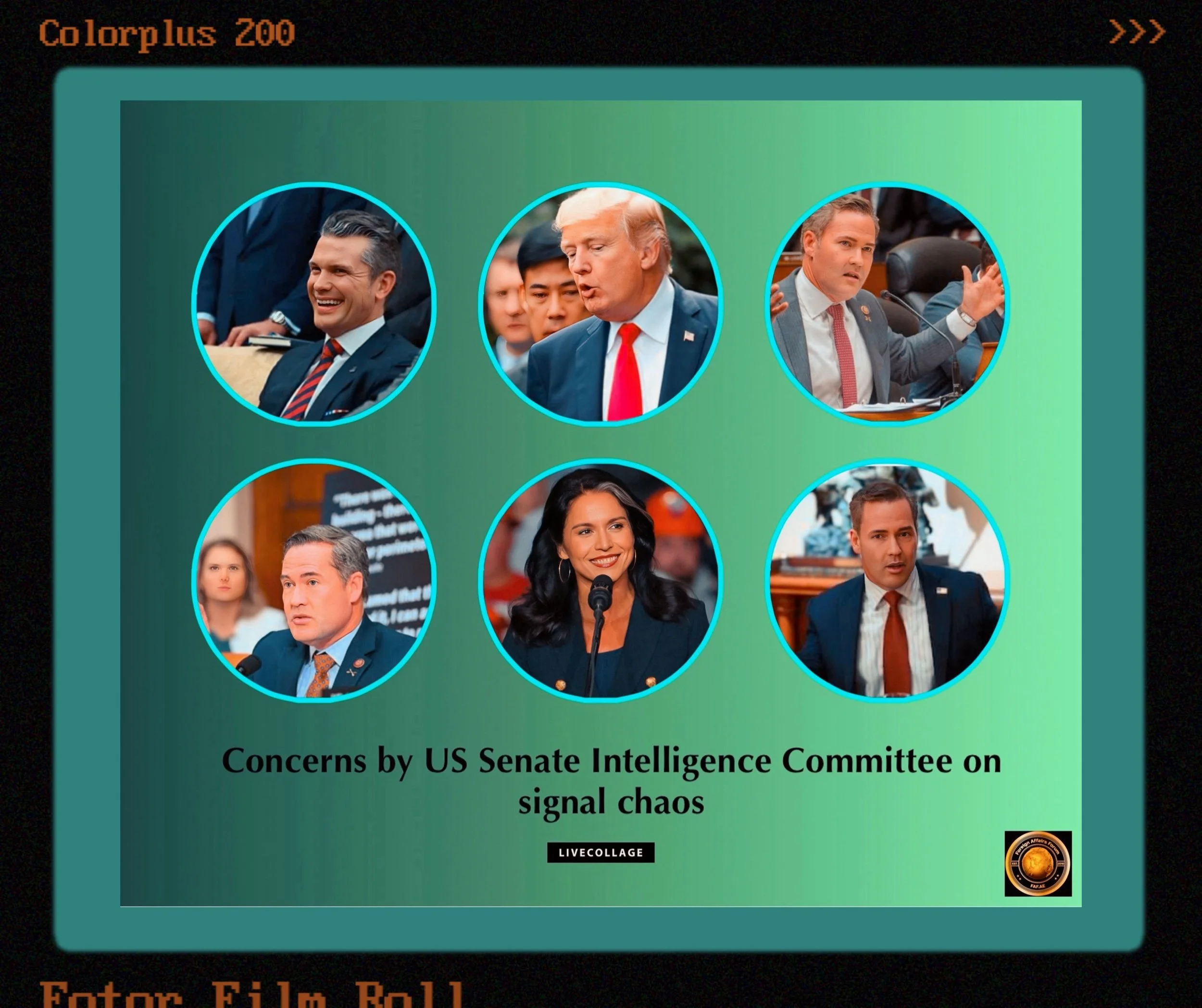How Jeffrey Goldberg’s, US Journalist, Inclusion in a Trump Administration Signal Chat Was Revealed
Introduction
The accidental inclusion of The Atlantic editor-in-chief Jeffrey Goldberg in a classified Signal group chat discussing U.S. military operations against Houthi rebels in Yemen emerged through a combination of journalistic vigilance, operational confirmation, and official acknowledgment.
Below is a detailed reconstruction of how the breach came to light, tracing Goldberg’s initial skepticism to the White House’s eventual confirmation.
Initial Contact and Suspicion
The Mysterious Signal Request (March 11, 2025)
On March 11, Goldberg received a Signal connection request from a user identifying as Michael Waltz, President Donald Trump’s national security adviser. The request raised immediate red flags:
Goldberg had previously interacted with Waltz but found the timing and context unusual.
He suspected a potential spoof or phishing attempt, given the sensitivity of his role as a journalist.
Despite reservations, Goldberg accepted the request, later explaining: “I thought, worst-case scenario, this is someone trying to trick me.
Best-case scenario, it’s actually the national security adviser”.
Accidental Inclusion in the Chat Group
Addition to the “Houthi PC Small Group” (March 13)
Two days later, on March 13, Goldberg was added to a Signal group titled “Houthi PC small group”, which included:
Vice President JD Vance
Defense Secretary Pete Hegseth
National Security Adviser Michael Waltz
CIA Director John Ratcliffe
Other senior Trump administration officials.
The group’s purpose was to coordinate military strikes against Houthi targets in Yemen, with discussions covering:
Target selection
Weapon systems
Strike timing and sequencing.
Goldberg initially dismissed the chat as a prank, noting the casual tone and lack of security protocols: “I thought, ‘This can’t be real’”.
Verification Through Operational Confirmation
Real-Time Validation of Strike Details (March 15)
The chat’s authenticity became undeniable on March 15, when U.S. forces launched strikes on Houthi positions in Yemen.
Key moments included:
11:44 AM ET
Defense Secretary Hegseth messaged precise operational details, including target coordinates and weaponry.
1:55 PM ET
Goldberg monitored social media and news outlets, confirming explosions in Yemen matched the timeline shared in the chat.
Goldberg later wrote: “When the bombs began falling exactly as outlined, I realized this wasn’t a hoax”.
Self-Removal and Follow-Up (March 16)
On March 16, Goldberg exited the chat to avoid further exposure. His departure went unnoticed by participants, who continued discussing post-strike assessments.
He then contacted Waltz and the White House for comment.
Public Disclosure and Official Responses
The Atlantic’s Explosive Report (March 24)
Goldberg detailed the breach in a March 24 Atlantic article, “The Trump Administration Accidentally Texted Me Its War Plans”, which revealed
Screenshots of chat messages (with sensitive details redacted)
The administration’s reliance on Signal for military planning
Security vulnerabilities in using commercial apps for classified discussions.
White House Confirmation (March 25)
The White House National Security Council confirmed the chat’s authenticity on March 25, with spokesperson Brian Hughes stating
“The message thread appears to be authentic, and we are reviewing how an inadvertent number was added to the chain”.
Hughes downplayed security risks, asserting “the ongoing success of the Houthi operation demonstrates no threats to servicemembers”.
Congressional and Media Scrutiny
Senate Intelligence Committee Hearing (March 25)
During a Senate hearing on March 25, lawmakers grilled intelligence officials about the breach.
Senator Mark Warner (D-VA) called the lapse “mind-boggling” and demanded accountability.
CIA Director John Ratcliffe admitted using Signal but claimed it was “lawful” for unclassified coordination.
Global Media Attention
The story dominated headlines, with outlets like NDTV and USA Today highlighting
The unprecedented nature of a journalist accessing real-time military plans
Concerns about Signal’s compliance with federal record-keeping laws.
Conclusion
A Cascade of Errors
Goldberg’s inclusion in the chat came to light through a blend of journalistic due diligence and operational verification. The breach exposed systemic flaws in the Trump administration’s communication protocols, including:
Lax participant vetting
Use of unapproved platforms for sensitive discussions
Failure to recognize classified material in informal channels
As Senator Angus King (I-ME) summarized: “This wasn’t just careless—it violated every protocol designed to protect national security”.
The incident underscores the risks of prioritizing convenience over compliance in an era of decentralized communication tools.




